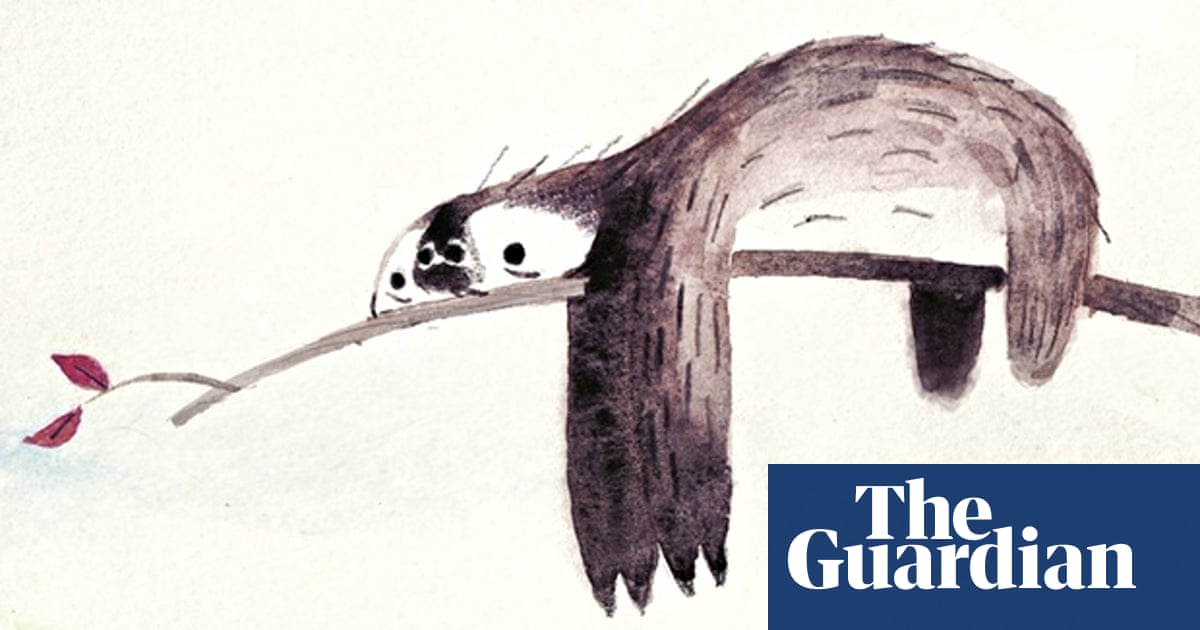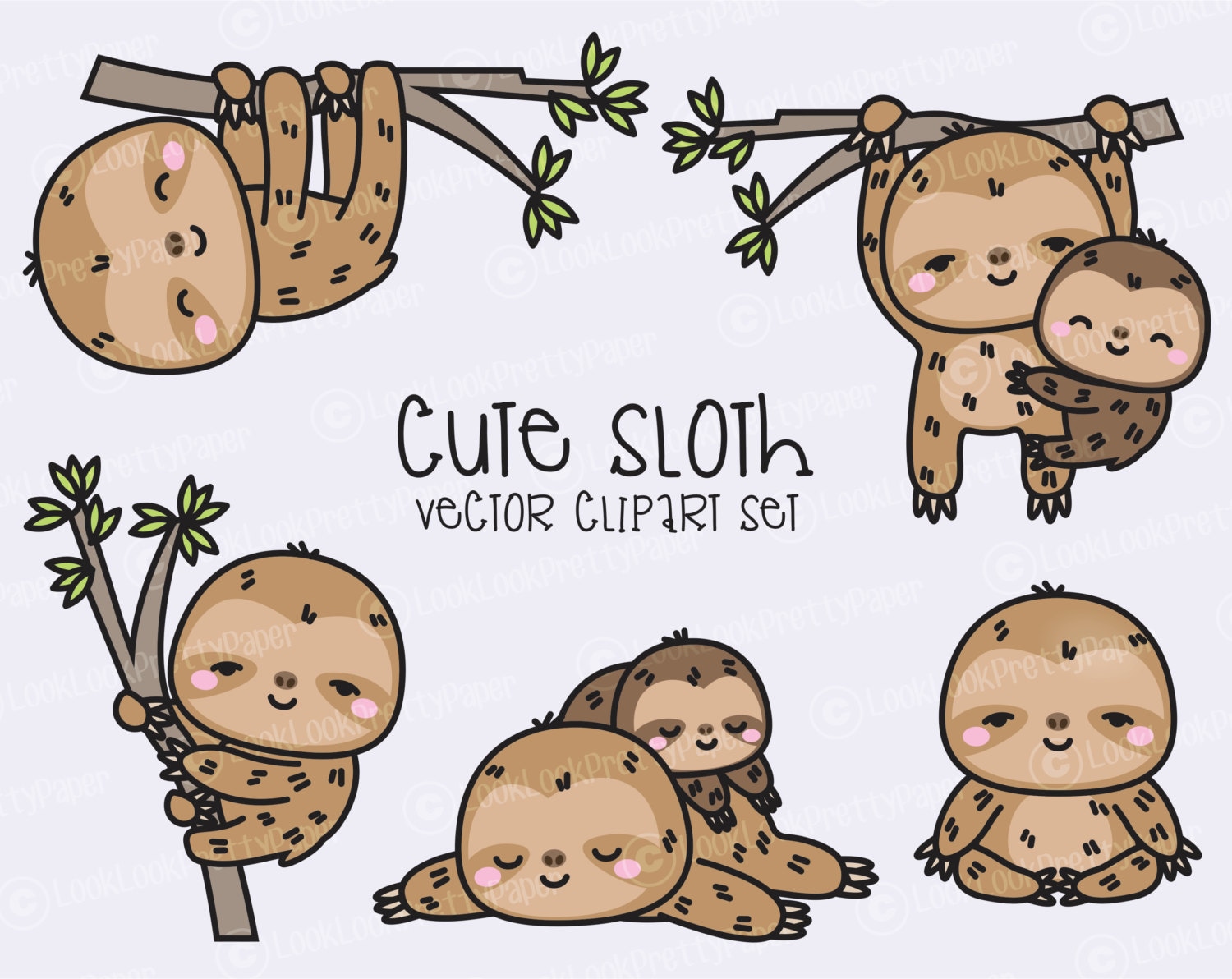Sloth Drawing
Did you scroll all this way to get facts about sloth drawing? Well you're in luck, because here they come. There are 2394 sloth drawing for sale on Etsy, and they cost $7.39 on average. The most common sloth drawing material is paper. The most popular color? You guessed it: white. All the best Sloth Drawing 29+ collected on this page. Feel free to explore, study and enjoy paintings with PaintingValley.com. Sloth bear, vector or color illustration. A sloth bear grey and black in color with big eyes holding a piece of log, vector, color drawing or illustration. Cute sloth with a smart phone. Hand drawn portrait of a cute funny sloth in bow tie with a smart phone, taking selfie. Isolated objects on white background.
In this tutorial, you will learn how to draw a sloth step by step! Sloths are pretty chilled animals. I mean you must be pretty slow if you are named after one of the seven sins. Anyway, grab your pencils and paper and let’s learn how to draw a cute sloth having a happy little dream, smiling on his boom gate. Whatta weirdo!
How do you draw a sloth? It’s important to use a lot of soft edges. If you look at the image below, you will see that the left drawing has a lot of oval elements. It’s also important to create the illusion of gravity – everything about this sloth makes it looks like he hasn’t got a single muscle or bone in his body helping him up!
How To Draw A Realistic Sloth
This tutorial is broken up into three parts:

- thePencil Sketch – laying down the foundation of our sloth using basic shapes
- the Inking Stage – Once we’ve drawn in our simple foundation of blobby shapes, we can then draw in the sloth’s main features and detail with a black pen
- the Coloring Stage – Once the inking is done, we will then bring our sloth to life with some colofr – we’ll be using light brown, peach, red and purple.
Before we begin, let’s just quickly go over the important traits of our sloth design.
Body:
Sloths are very smooth creatures – what I mean by this is that they have hardly any angular features – they’re pretty much just cute little furballs with long arms. When drawing your sloth, pretend that they don’t have any bones or muscle. Instead, pretend that they are filled with sand. For a bit of contradiction to our sloth’s floppy body, I’ve rested him on top of a nice sturdy red and white boom gate! Not sure you get those in the Amazon jungle, but it looks cool. The only pointy features you’ll find on these little dudes are their claws – three on the end of each of thier lazy arms!

Head:
Our sloth has an oval face surrounded by fur (notice the widow’s peak point in the top middle of his face). He has a large nose and tiny smile and make sure you include those cool looking dark patches around his eyes!

Drawing Materials:
Sloth Drawing Step By Step
The sloth in this tutorial was created in Adobe Photoshop, but feel free to use whatever materials you feel comfortable with. When I’m drawing a cartoon on paper, I often like to use pens for the outline and pencils for the coloring in. Again, you can use whatever medium you like, but the materials I use when drawing cartoons are as follows:
- Paper (Sketchbook or printer paper)
- Pencil (HB or #2)
- Eraser
- Thick Black Pen (I used a Posca PC-3M)
- Thin Black Pen (I used a UNI Pin Fine Line 04mm)
- Colored Pencils. You can use simple Crayola pencils, or you can go crazy and splash out on some Faber Castell Albrecht Duhrer Watercolor pencils or Prismacolors. For this sloth, all you need is light brown for his fur, peach for his face and claws, red for that snazzy boom gate and purple for the shading.
Okay, let’s slowwwwly get ready to rock and rollllll! First up is the pencil sketch…
How to Draw a Sloth Part 1: The Pencil Sketch
Step 1: Start by drawing an oval – the first shape needed when learning how to draw a sloth head!
Step 2: Now draw in his body – make sure to keep the bottom part of this shape completely flat, as this is help make our sloth look thoroughly glued to his sleeping place!
Step 3: Now add in his foreground legs – just a couple of stretchy blobs, not a joint in sight!
Step 4: Okay, time for what could quite possibly be the easiest part of our tutorial! Draw in a long, thin rectangle for his boom gate
Step 5: Add in the background legs – these are the same shapes as the foreground legs, only slightly smaller. Also draw in his tiny little stubby tail!
Step 6: Now add in the shape that is going to frame his face and make him look extra slothy! It kind of looks like a really lazy, squished love heart.
Step 7: Another important feature on the sloth’s face is the pair of dark patches around his eyes. Make sure they are quite far apart from each other, because we need to save room for our extra details in the coloring stage of the drawing
Step 8: Draw in two little curves for his sleepy, closed sloth eyes. Give him a little nose right in the middle of his head and a happy little smile, slightly beneath his nose
Step 9: Finally, add in his little claws – three hanging from each arm
Sloth Drawing Easy
How to Draw a Sloth Part 2: The Inking Stage
If you look at the final ink drawing in Step 16, you will notice the diversity of line widths. The large dominant shapes like the legs and body are drawn with a thick pen, while the less dominant shapes like facial features are done with a thin pen.
Step 10: Start with inking in his head, body and tail. This can be done with one continuously smooth line. This is part of the sloth’s main shape so make sure your line is nice and thick!
Step 11: Now get out your thin pen and put in his face details. Don’t forget to draw the shapes around his eyes first before you move onto the ‘squished heart’ shape around his face
Step 12: Time for some lazy sloth legs – just trace over our stretchy blobs, leaving the top bits un-inked. The background legs are the elements that are furthest away in this image, so we’ll only ink them after we’ve put in the boom gate
Step 13: Now ink in the boom gate – careful to not ink in the areas that are overlapping where his foreground legs are! We won’t put in any of the boom gate patterns at this stage – we’ll just do it all when we’re coloring in
Step 14: Okayyyy NOW we can put in those background legs!
Step 15: If you’ve got your thin pen handy, draw in his little claws, nose, smile and eyes (or are they eyelids?)
Step 16: We’ve nearly finished the inking – just add in some extra details and shadows now. If you compare Step 16 with Step 15, notice that in this step we have added:
- Hair detail on the outline of the sloth’s body
- Circles on the nose to denote reflections. These will be left white in the coloring stage to create the illusion of a wet nose!
- Blocks of shadow on his background legs
- A bit of extra thickness under his nose
- Some shadows on his claws
Okay, that’s the inking done, it’s now onto the coloring!
How to Draw a Sloth Part 3: The Coloring Stage
Step 17: Let’s now put in the main colors – we have a very limited palette for this character. The reason why I drew him lying on a boom gate was because I had originally drawn him on a tree branch and things were just wayyyy too brown – I think the boom gate really ties things together well!
A few things to take note of here:
We have added in a brown patch around his mouth and nose – color this in first before moving on to the lighter peach color
Conversely, color in a thin layer of peach around his eyelids before going in with the light brown
Plan out the boom gate before you color in – just lightly sketch in some diagonal strips with your red pencil. Once you’re happy with the composition, color it in
Step 18: This is the fun part where we get to do the shading.
- If you’re using Adobe Photoshop, draw in the shaded areas on a new layer above your character. Do this with a dark purple color and then lower the opacity to make it transparent.
- If you’re using pencils, get out your purple and shade in the areas you want shaded
Pay close attention to the nose and around the eyes. Apart from the light areas around the eyelids and the nose reflection, everything here has been given a layer of purple. For the rest of the body, just copy the areas that I shaded in and you should be all good.
Also, if you’re feeling a bit naughty, you can draw in a background – I just went with a very pale blue to add a bit more interest.
Conclusion!
Alrighty, that’s our sloth done! How did you go? If you’d like to keep practising this character, get a few sheets of paper and draw it again and again… and again. Practicing drawing will build up your confidence and muscle memory and will ultimately make you a better artist!
If you’d like to find some other sloths to draw, the best place to find them (assuming you don’t live near sloths) is online. Jump on Google, find a few little sloths that you like and try and create some of your own characters. Don’t forget to start with basic shapes and build up from there!
I hope you have enjoyed this tutorial, if you are ready to jump into some more cartooning, feel free to check out one of my most popular course here: How to Draw Faces – Cartooning for People Who Can’t Draw!
If you are ready to get started with cartooning, feel free to check out some of my online courses here: https://www.discovercartooning.com/courses/
Happy Drawing!
Malcolm Monteith
Melbourne, Australia